Phone:
Fax:
(972) 434-6739
Hours
Services
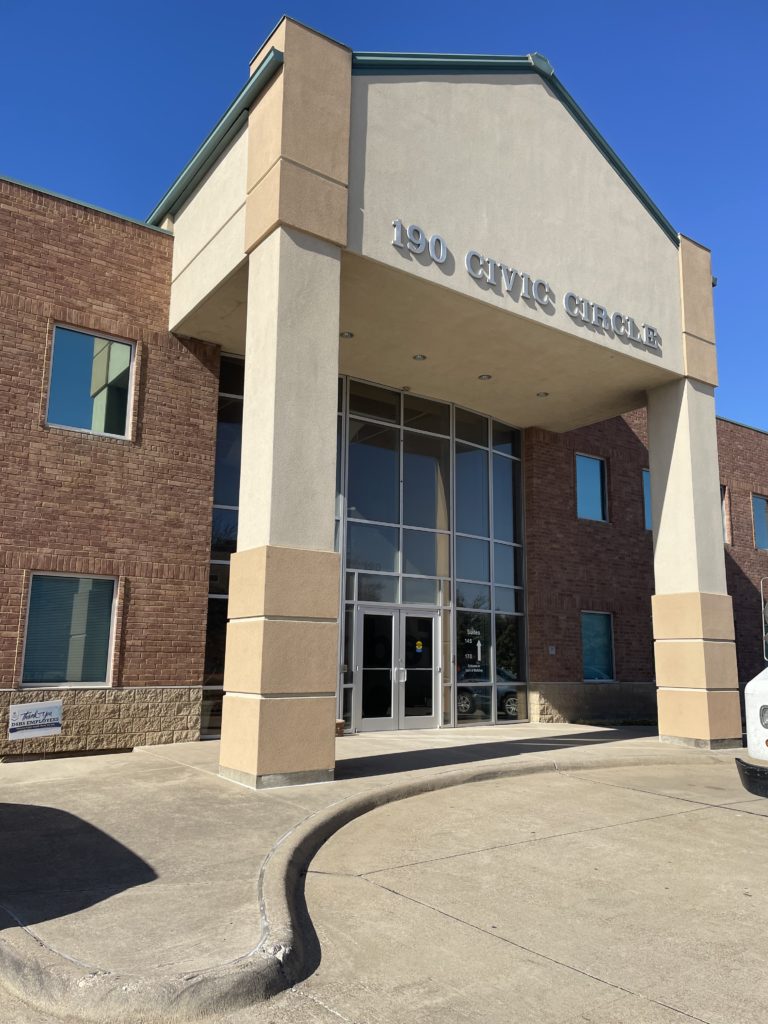
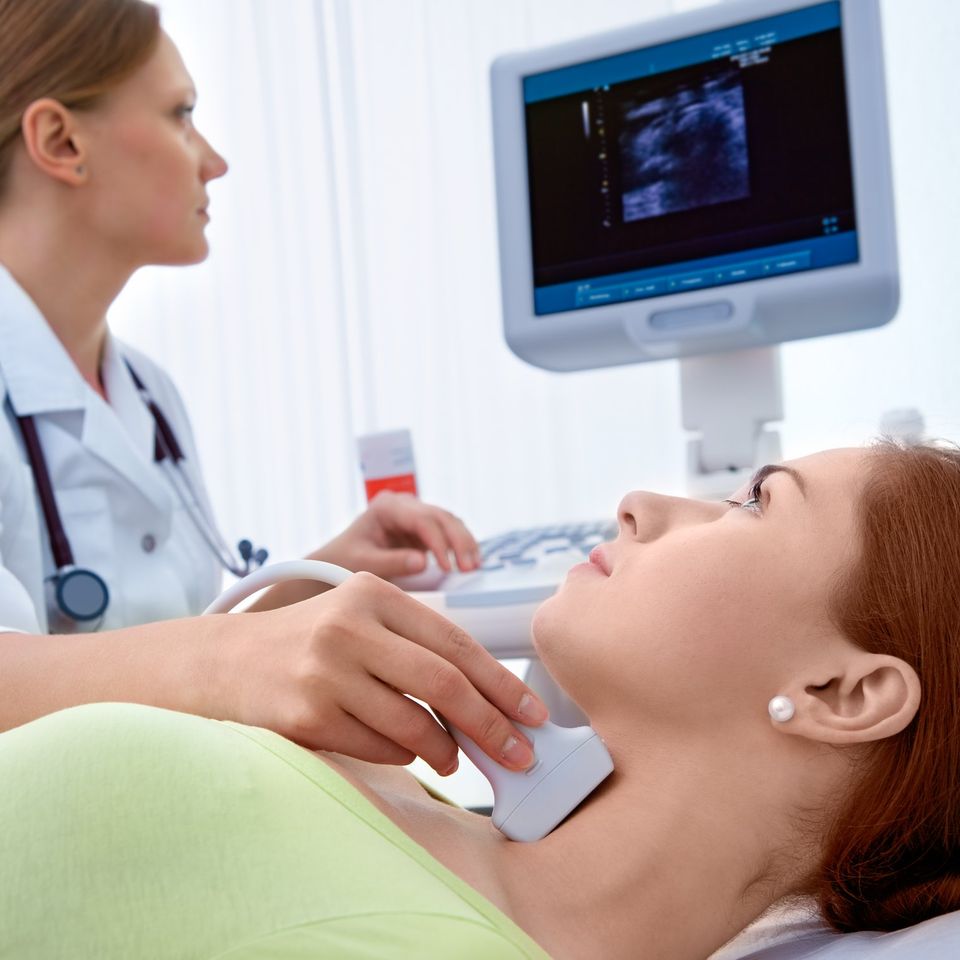

Tap services to view more information
Our 1.5T Wide Bore MRIs mean you no longer have to sacrifice quality for comfort. Wide-bore MRIs feature a larger, 70-centimeter opening offering more space—a benefit to larger patients or those with claustrophobia. The powerful magnet and fastscan technology of the 1.5T wide-bore MRI provides more accurate results than an open MRI, with shorter scan times and clear, crisp images.
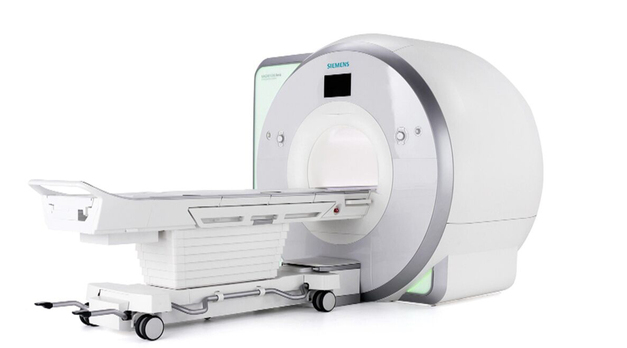

A CT scan, also known as a CAT scan or Computed Tomography, is a special kind of X-ray that takes pictures of a cross-section of a part of your body. CT scan images provide more detailed information than traditional X-rays are able to. CT scans are used to quickly examine people who may have internal injuries and may be used to observe internal organs and tissues of the body to diagnose disease or injury.
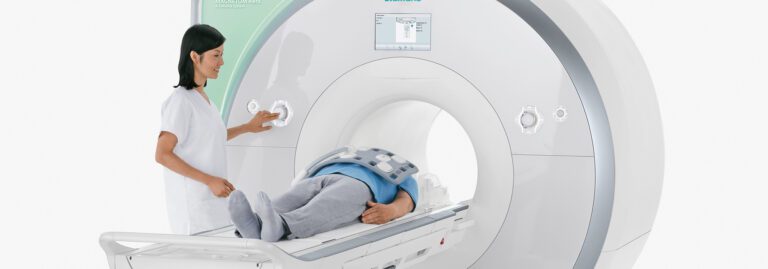

Bone density scanning, also called dual-energy x-ray absorptiometry (DEXA) or bone densitometry, is an enhanced form of x-ray technology that is used to measure bone loss, also known as osteoporosis. Because calcium in bones more readily accepts radio absorption, a bone scan easily identifies weakened areas and can measure the amount of calcium and other minerals in your bones and can detect stress fractures.
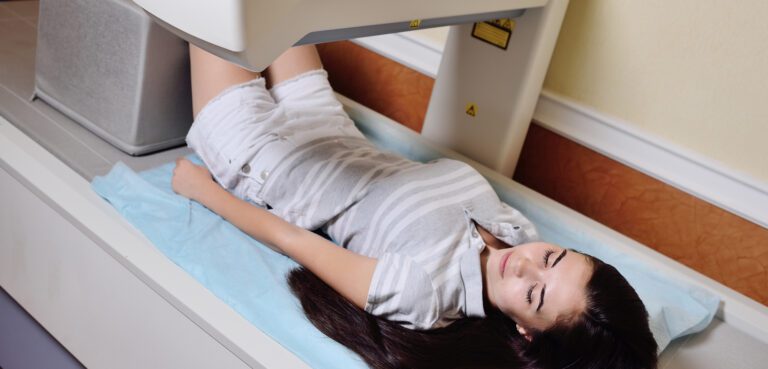

Faster scanning technology reduces the average MRI scan time by 50% providing a more comfortable imaging experience for anxious patients or anyone in pain. Non-contrast MRI scans are completed in 15 minutes or less. It also significantly reduces the length of time and number of breath holds for patients during body imaging scans, reducing the need for rescanning due to patient movement during image capture in the exam. AI post-processing technique improves image technology by removing noise and ringing artifacts.
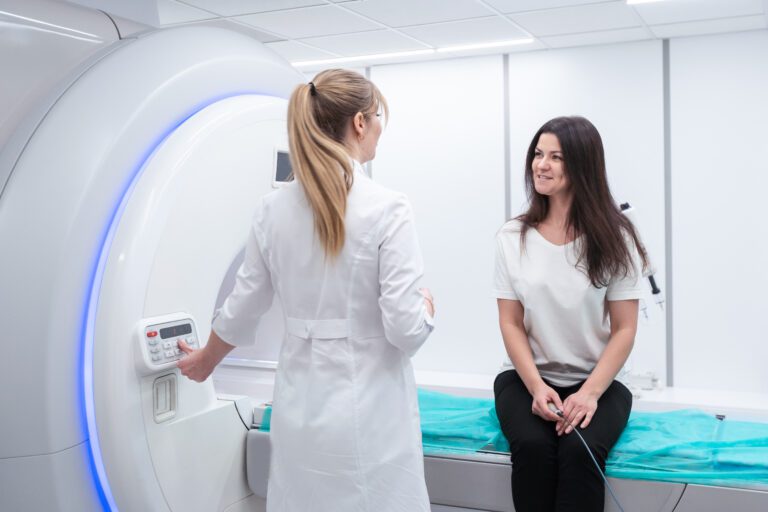

Mammography is the process of using low-energy X-rays to create images of the internal tissues of the human breast — a mammogram. The images are used as a diagnostic and screening tool to assess masses. A specialized x-ray machine compresses the breast to give a more thorough and accurate capture of the dense breast tissue. The goal of mammography is early detection of breast cancer, ideally as early as two years before a lump can be felt on a manual exam.
We offer screening and diagnostic mammography as well. A screening mammogram is a wellness exam that is covered annually by most insurance plans. It is recommended that women 40 years and older have a screening mammogram performed annually. If you are 40 years of age and are without symptoms, call your local Touchstone mammography site to schedule your screening mammogram. You DO NOT need an order from your primary care physician for a screening mammogram, however, Touchstone requires a treating physician to send your screening mammogram results to.
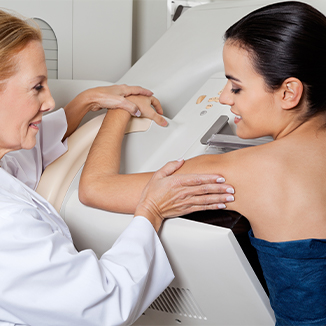

Ultrasound is a safe and painless procedure that is used to produce images of the inside of the body using sound waves. Ultrasound imaging, also called ultrasound scanning or sonography, involves the use of a small transducer (probe) and ultrasound gel placed directly on the skin. Ultrasounds are useful to scan internal organs, fetuses, and breast tissue.
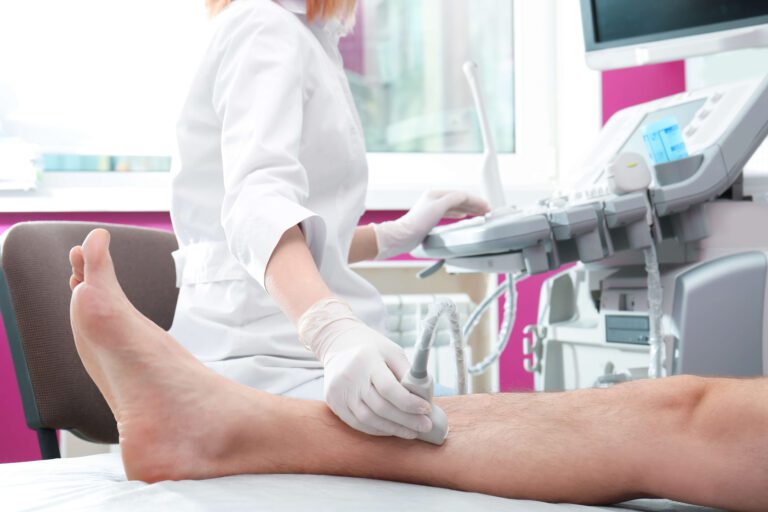

An x-ray (radiograph) is a quick, painless medical test that helps physicians diagnose and treat medical conditions. Radiography involves exposing a part of the body to a small dose of ionizing radiation called electromagnetic waves. The various body tissues absorb the radiation differently, creating different shades in an image to produce pictures of the inside of the body. Calcium in the bones absorbs radiation the most, so bones appear bright white while soft tissues absorb less and look gray. Air absorbs the least, so lungs and empty spaces appear black. X-rays are great for looking for broken bones or scarring in the lungs.
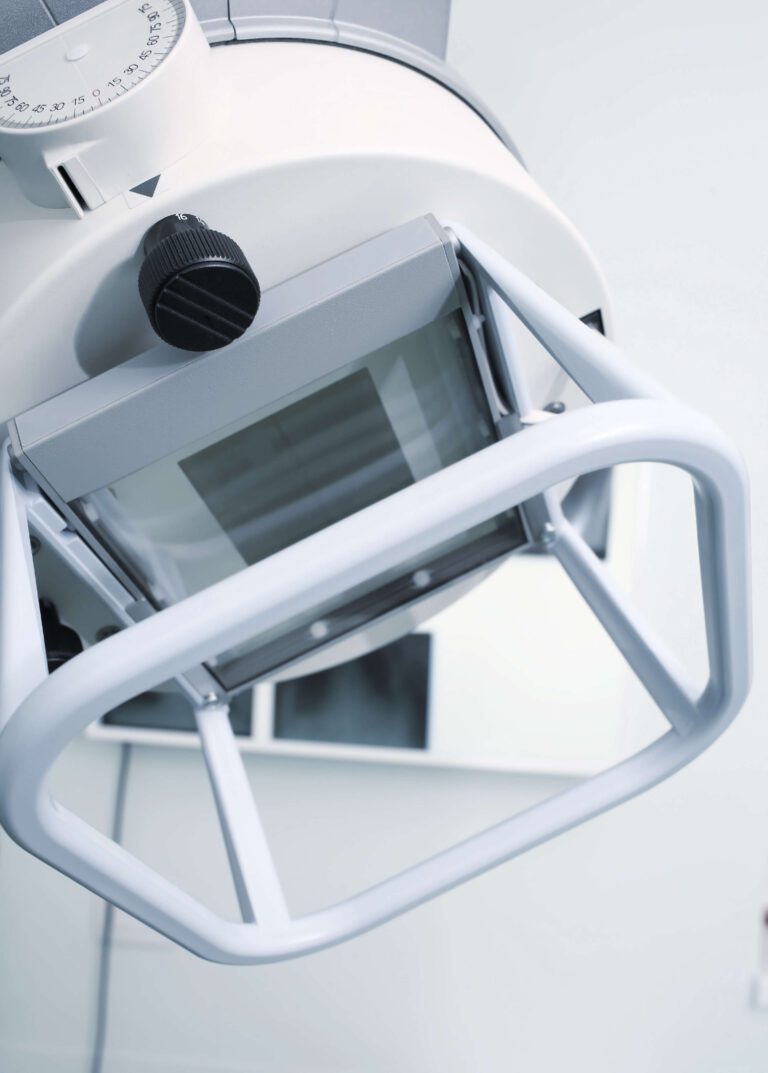



Discover how a calcium cardiac scoring CT scan helps detect heart blockages, what to expect during your CT scan, and how to understand your CT results.


Find out how a lumbar spine MRI reveals about back pain, and how it helps your provider diagnose a herniated disc, as well as with sciatica and spinal stenosis.


Learn what you need to know about getting a CT scan for a pelvic fracture, including what to expect during your scan, and what happens after a pelvic CT scan.
Our patients say it best. Touchstone Imaging provides welcoming, comforting outpatient facilities with friendly and helpful staff.










To provide the best experiences, we use technologies like cookies to store and/or access device information. Consenting to these technologies will allow us to process data such as browsing behavior to provide a better user experience. Not consenting or withdrawing consent, may adversely affect certain features and functions.